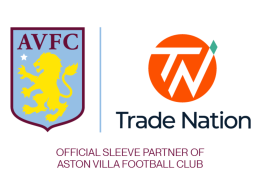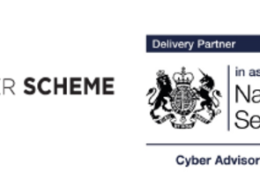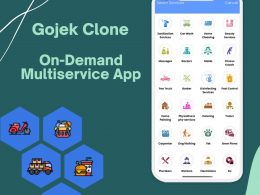With 692 million people digitally connected, India has the second-highest digital population in the world. However, over half of the country’s population still lacks easy access to the internet, making it the largest offline population globally. This digital divide exacerbates existing social and economic challenges, particularly in areas like healthcare and education. To address this issue, a team at King Abdullah University of Science and Technology (KAUST) is developing new, energy-efficient, high-speed internet systems that could provide affordable access to the 730 million Indians without internet connection.
Led by Mohamed-Slim Alouini, Distinguished Professor of Electrical and Computer Engineering at KAUST, the project aims to utilize a combination of space-based and aerial networks to deliver quality internet access at an affordable cost, similar to expensive fiber optic networks. Internet connectivity will be a key topic of discussion at the upcoming Global Sustainable Development Congress, hosted by KAUST from May 30 to June 1, 2023.
Alouini highlighted that while internet accessibility rates exceed 80% in developed countries, nearly three billion people in poorer regions lack internet connectivity, primarily in rural, low-income, and low-literacy areas. This lack of digital connectivity leads to a poor quality of life, low literacy rates, and sluggish economic growth, creating a vicious cycle that hinders investment and development.
The current fiber network infrastructure is not only costly but also energy-intensive and impractical, especially in low-income or sparsely populated regions. Deploying optical fiber networks and related infrastructure, including reliable electrical power grids, becomes prohibitively expensive and increases carbon emissions, as recent studies have shown.
To bridge the connectivity divide, KAUST is developing technology solutions that enable global coverage without relying on costly on-the-ground infrastructure. The project involves the deployment of three-dimensional integrated networks, combining terrestrial, airborne, and satellite communications operating simultaneously over different parts of the electromagnetic spectrum. The system will utilize terrestrial base stations, TV towers, drones, balloons, stratospheric high-altitude platforms (HAPs), and satellites. The structure and resource allocations, such as spectrum, will be adapted based on population density and the required quality of service. Moreover, the system can be made sustainable by using environmentally friendly transceivers and routers that harvest energy from renewable sources.
Beyond connecting the unconnected, the solutions developed by KAUST could also enable the Internet of Things (IoT) in remote and hard-to-reach areas, facilitating smart exploration and monitoring of India’s natural resources, as well as enhancing food production and supply-chain management.
Alouini emphasized that the research focus on remote, low-income areas will contribute to developing a digitally inclusive and greener future for India and other countries with significant numbers of disconnected individuals. The research aims to reduce inequalities in various social, educational, health, and economic domains, while also creating new business and economic opportunities.









